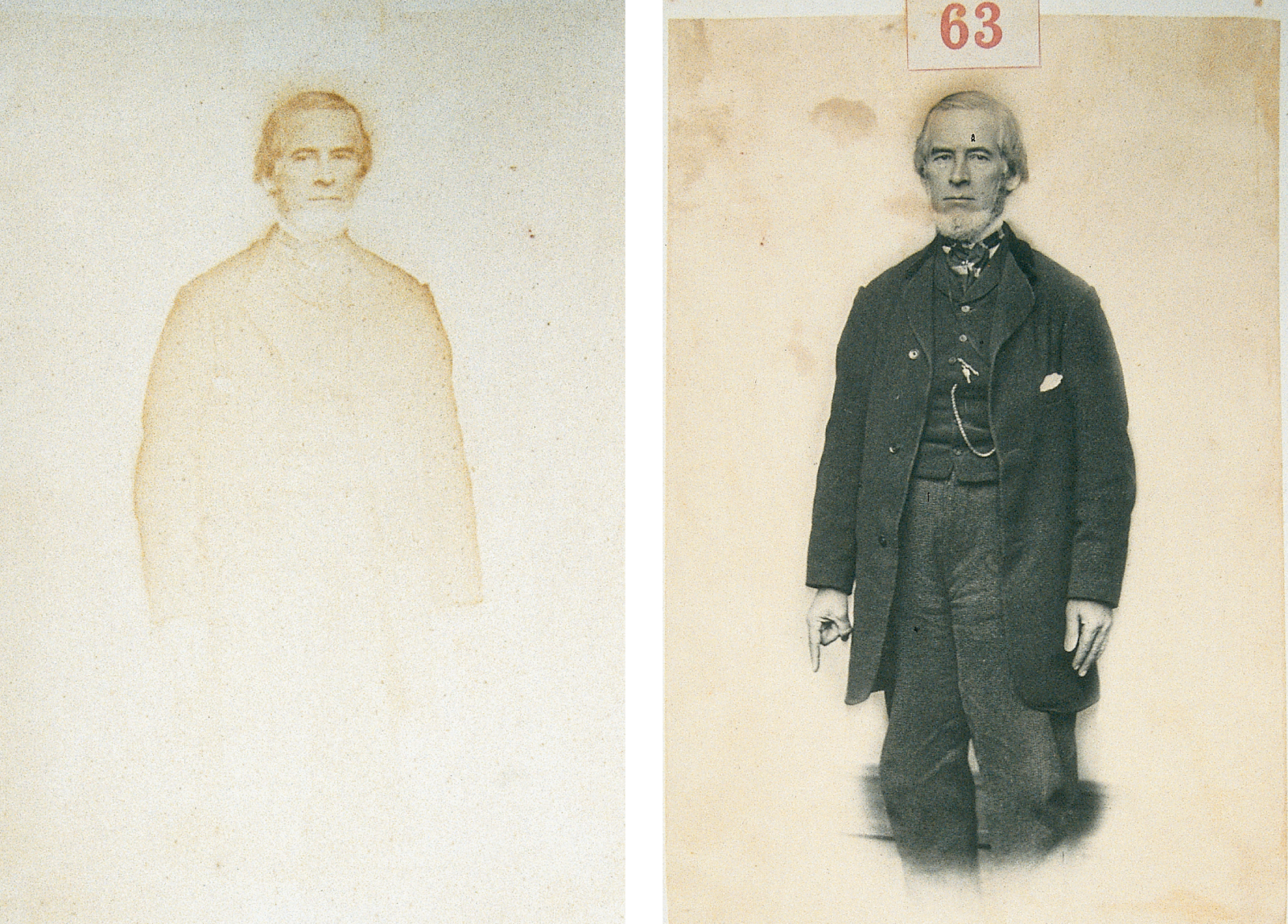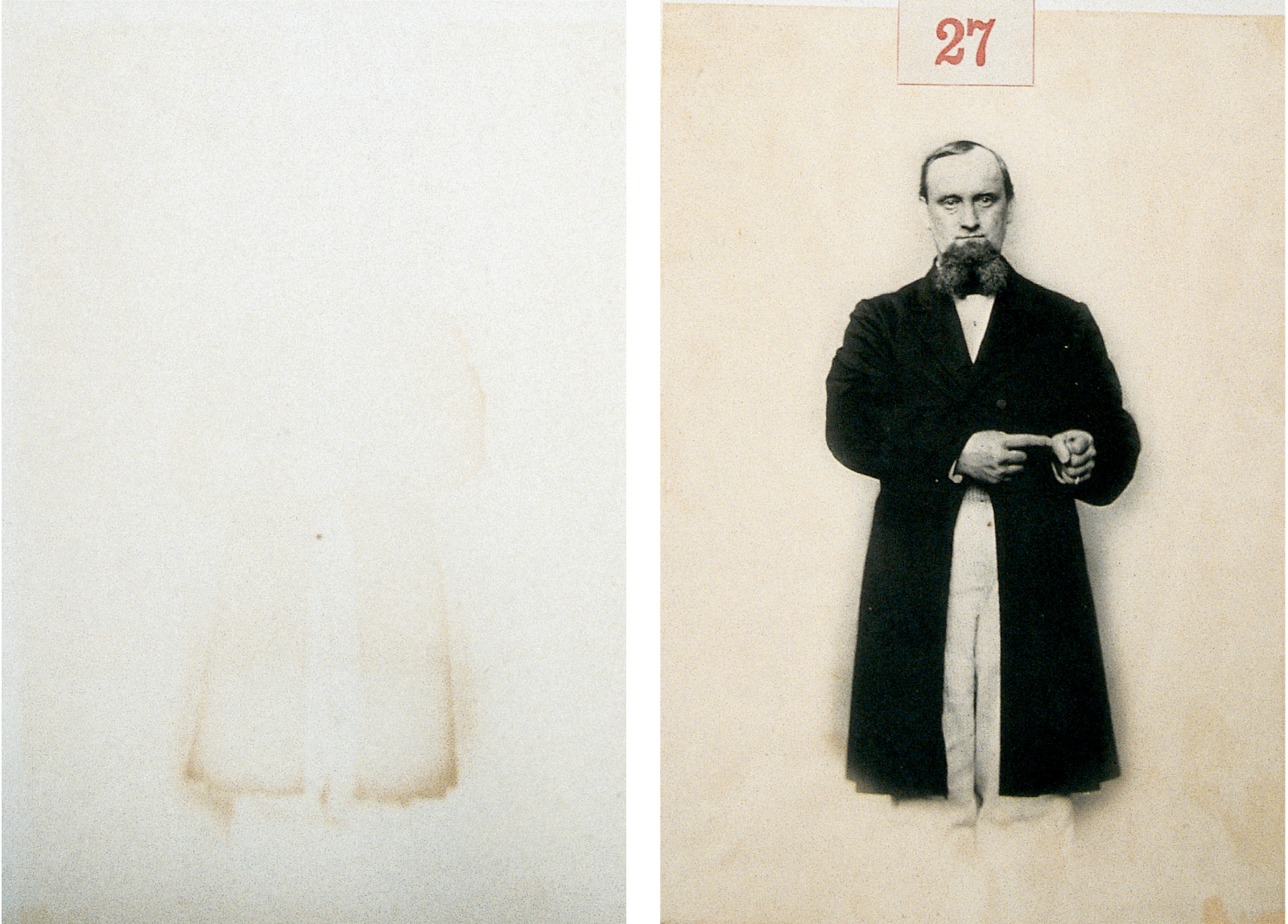The Album of Unwritten Work
The hands of the Oddfellows
Nat Trotman
In 1843, the Independent Order of Odd Fellowship was established in Baltimore following a wave of reforms within the Grand Lodge of Odd Fellows of the United States. In the years since the Odd Fellows first arrived from England in 1819, the fraternal organization had gained a reputation for boisterous carousing while garnering membership as a working-class alternative to Freemasonry. The Antimasonic movement of the 1830s introduced a massive wave of upper-middle-class initiates to the Odd Fellows, who brought with them a new emphasis on moral uprightness. Initiation fees increased, a newly formed judicial system expelled disreputable members, and alcohol was banned from all lodges, which began to save and invest their funds, no longer assisting members in times of need. In this new spirit of exclusivity and high principles, the I.O.O.F. instituted a body of rituals to accompany a streamlined and regulated order of degrees. The keys to these rituals were a set of books owned by each Grand Lodge, the “Albums of Written and Unwritten Work.”



The images seen here are from a leather-bound volume of the Album of Unwritten Work published at the end of the 19th century. The book consists of 80 numbered platinum prints, arranged individually or in pairs on the right-hand page of each two-page spread; it contains no text save the embossed spine that reads “Independent Order of Odd Fellows.” The majority of the images show figures performing poses that symbolize various degrees and orders within the I.O.O.F. The poses involve manual articulations, and some photographs provide close-ups of hands demonstrating secret gestures or handshakes. The Album has been arranged systematically: four photographs of individual women appear squarely in its center, with thirty-eight photographs of men, mostly unaccompanied, on either side. The pictures can be divided into distinct groups: repeated pictorial motifs imply chapter headings according to hierarchical levels within the fraternity; successive photographs of specific men suggest movement during the performance of rites; close-ups of disembodied, postured hands punctuate longer passages, acting as symbolic rests from the action. One typical series depicts a man in a suit, sporting a long goatee and parted hair, who holds his fists at his sides, then bends his arms at right angles so that his fists jut toward the reader. He next touches his left fist with the forefinger of his pointing right hand, which is emphasized in a separate photograph at the top of the page. In the final photograph, the man’s right hand, still pointing, rests atop his left fist.
The opacity of such a gesture is central to its intrigue for today’s viewer. Each photograph, or suite of photographs, in the Album is a symbol of a specific element within the Odd Fellow infrastructure. As such, each consists of a complex set of references—the physical, ritual act displaced by photographic representations, themselves organized into the pictographic text of the Album. Either end of this chain of meanings points toward murky depths: The actual rites, which denoted meaning only within the I.O.O.F., remain illegible without the accompanying explanatory Album of Written Work, a lost connection summed up in the numerical references for each image shown. Yet the photographs themselves have chemically reacted with the pages of the book, leaving shadowy mirror images on the pages opposite. The first rupture in the chain of signification finds its reflection in the figures’ half-formed doppelgangers.

The photographs in the Album of Unwritten Work are signifiers divorced from their signifieds, but the Album is no postmodern pastiche skimming across the surface of meaning. The photographs suggest a depth of meaning—the truth is out there—but one endpoint of the symbolic relation has been withheld from us. Whether it is the fault of history that this pictorial volume was separated from its textual mate hardly matters, for the Album was intended to be incomprehensible to those outside the Independent Order of Odd Fellows. The Album’s suspended meaningfulness is an essential part of its being. As an object of study it is stridently nonautonomous. Closed in its own logic but reliant on something absent, the Album of Unwritten Work remains enigmatic but hauntingly beautiful.
The Album of Unwritten Work is on view at the Guggenheim Museum in New York until 8 September 2004, as part of the exhibition “Speaking with Hands: Photographs from the Buhl Collection.”
Nat Trotman is a curatorial assistant at the Guggenheim Museum, New York.